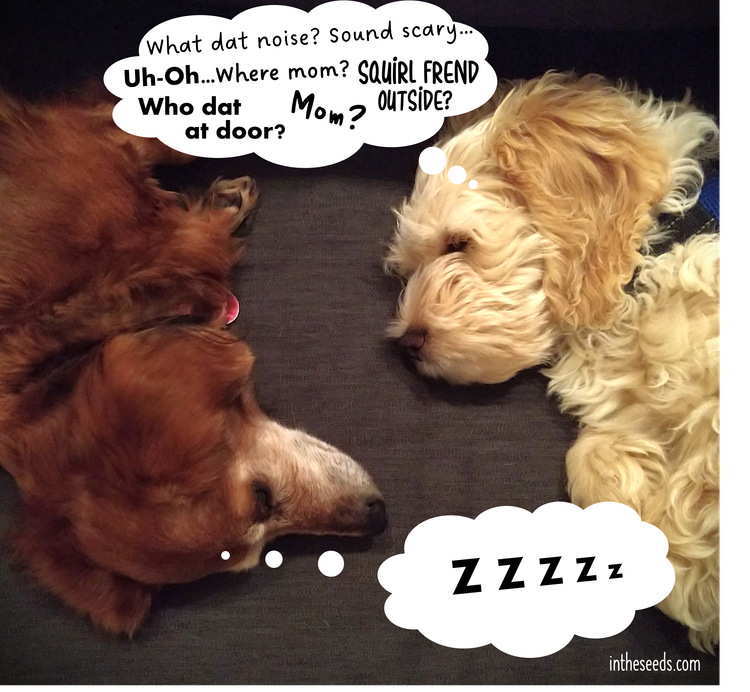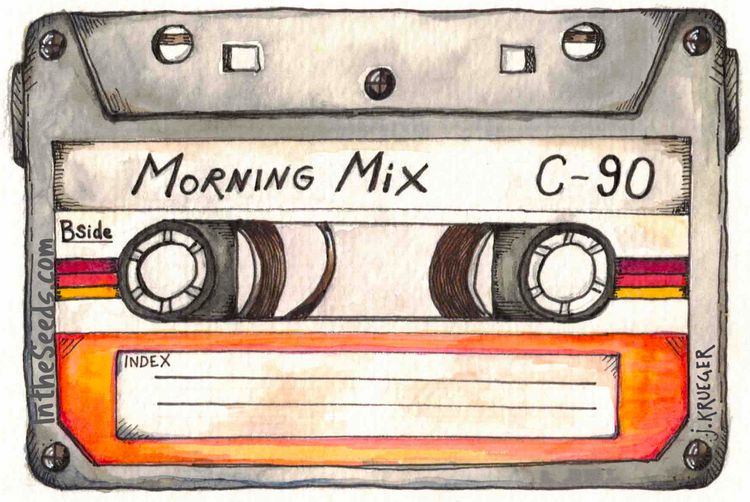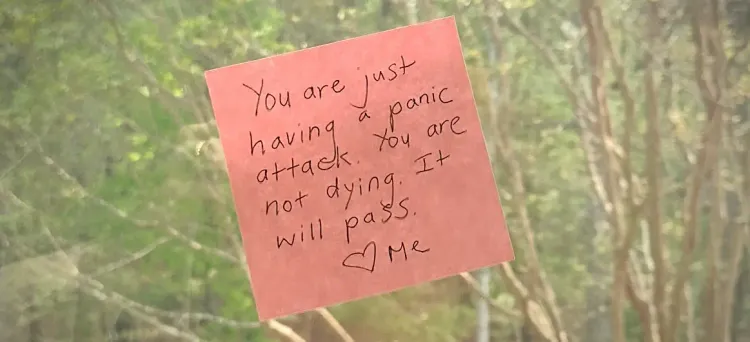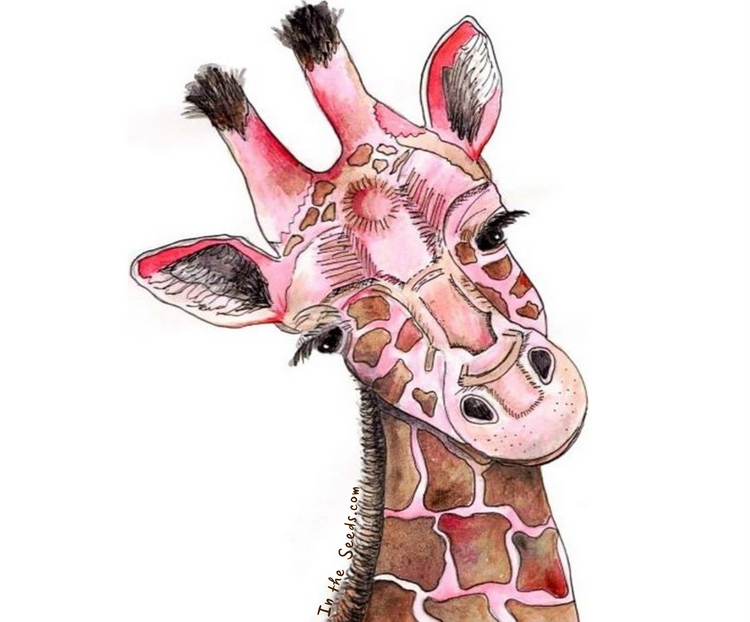Emotion Science: A Visual Model of Feelings
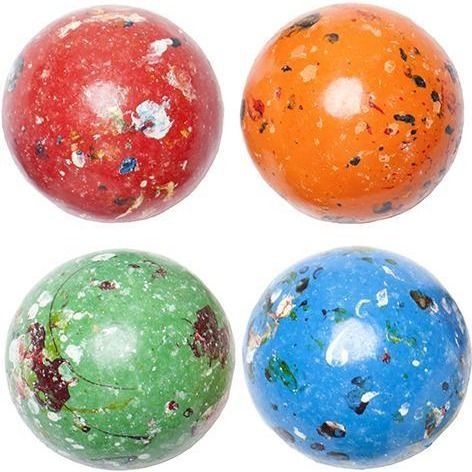
I've been searching for youth-friendly models that show what emotion looks like in real time, like - in the exact moment it's happening. It's easy to think that an emotion like anger shows up mostly on its own because we feel it so strongly. But underneath that anger... next to it... under it... are other emotions. I want a model that shows how emotions come in clusters.
The Mood Meter
The Mood Meter is great for orienting yourself to emotion. It's kind of like a "You are here" arrow on a map.

Looking at the photo of the jawbreakers above, we could imagine the red jawbreaker like the red on the Mood Meter. That would be an overall sense of high energy, low pleasantness: fuming, stressed, anxious. But notice that the red jawbreaker has flecks of other colors - yellow, blue, green - because we're never just anxious, or just stressed. Pleasant and unpleasant emotions can share space and arrive in groups.
The Emotion Wheel
The Emotion Wheel is like a thesaurus for the feels. It groups similar emotions together - names them so that you have a word for that thing that is like excitement, but a little different.

But neither of these tools quite reflect what our emotions look like in the messiness of real time. And they don't capture paradoxes of emotion - bittersweet love, happy tears, nervous excitement. The emotions in these models are more siloed so that you don't really see them in relationship with one another.
That is not a ding on these incredible tools - both are fantastic at what they are meant to do, which is to visually guide emotion labeling. We have different tools for different reasons, which is why we might use a compass and a map.
The Jawbreaker: A Model of Moment-in-Time Emotion
Emotions don't show up one-at-a-time. It may feel like annoyance, but may also be: 😟😠😌
Both the Mood Meter and the Emotion Wheel use color to sort and define emotion. Note that they don't use color the same way either. I'm a big fan of the way Brackett uses red/orange, yellow, green and blue in four quadrants. Those can be applied to the jawbreaker too. Check out In the Seeds' Gobstopper Color Experiment.

A jawbreaker has bands of color. This is closer to how emotion shows up moment-to-moment in our mind and body. Not as single wedges or squares, but as bands that come and go, fade in and fade out.
Think about hearing an old song. "Oh man. I love this song. I haven't heard this in like - five years. I remember this concert!" [joy, love, nostalgia, sadness]
Emotion is dynamic. It's ever-changing, shifting. Emotions fade in and out.
Likely emotions for riding on a monster rollercoaster? Excitement, nervousness, fear, worry, eagerness. First day of school? Probably those very same emotions!
Break Big Feels into Small Bands
The reason it's important for kids to understand that emotions come in clusters is so that they don't get hung up on any one feeling.
Getting stuck in an uncomfortable feeling is exactly what causes emotional suffering. The emotion feels too big and slippery to manage or respond to effectively. We can also assign it too much importance, or even personally identify with it: I'll always be depressed. I'm not good enough.
We can scale what feels like huge emotions down to size when we realize that we're not dealing with one big emotion, but instead, a few emotions sharing the same space. That's easier to work with. That's the science of emotion labeling.
Tough Outside, Soft Inside
Not only does the jawbreaker show bands of color emotion, but it also has some "emotion anatomy". The outside is really, really hard. It's difficult to break through to see what's inside. But if you can get deep into the center, it's soft and malleable.* That's our hearts people. You know what I'm talking about.
Here's something else about the outside. You see little flecks, little hints of what might be going on inside, but you don't get the full picture until you go deeper.
*I have been informed by two teenagers living in my house that not all jawbreakers have gum in the middle. For very serious educational purposes, I'm going to stick with this scientific anatomy.
Emotional Break-Throughs
How do you get through a jawbreaker? You can go slow, licking a jawbreaker like a lollipop (this can take hours, days, or weeks). Or you can be bold and break that sucker open. When we're passive with our emotions, we don't get much of a look inside. But when we're active and empowered, we get a full view of what's under the surface.
I'm not advocating for a sledgehammer approach, just pro-active curiosity, willingness to explore, openness to different approaches.

Be an Emotion Scientist
Marc Bracket (the Mood Meter researcher) calls this being an Emotion Scientist. It's doing the hard work of looking beyond the surface. Anxiety might be the out-in-front emotion. But what's underneath the anxiety? What's the anxiety trying to communicate? What other emotions are there that help tell the story?
Exploring Jawbreaker Emotion Models
How to practice jawbreaker emotion science with your child or teen:
Show your child the Mood Meter. Ask them if they can "plot" themselves on the chart. Then ask, "Where would you be if you were about to ride a huge rollercoaster? Take a big test? Go to a new house for a sleepover?" For a teen you could ask about a recent challenge or new experience - first time driving, first date, taking the SAT's, etc.
Tell them that you bought a jawbreaker to crack open. Share the information above about how a jawbreaker is a good emotion model (and why emotion models are helpful). If your child is under 12, they'll think think this is really cool. If they're 13+, you'll probably get an eye roll, a sigh, and a "this is so dumb." But they'll still want to help you break the jawbreaker, so you have leverage for a productive emotional discussion. That's what matters.
A Few More Seeds
- Don't Try This at Home: There are many videos exploring ways to dissolve, melt, crack, power-wash or otherwise break into a jawbreaker. Human persistence and creativity at work. Let's apply this to Emotion Science!
- Jawbreakers date back to the mid-1850's. They are made entirely of sugar and take about 19 days from start to finish to create.
- A public service announcement from the dentists of the world: don't break jawbreakers with your teeth. (Human jaws < chimp jaws.) If you want a lil' piece of jawbreaker, suck on it for a short period and brush after or it can be "erosive." 😳
- Wanna break into a jawbreaker? Here's a relatively safe method. Throw it on the ground. Hard. It's like those axe-throwing places, but without the sharp instruments, high fees, or beer.

